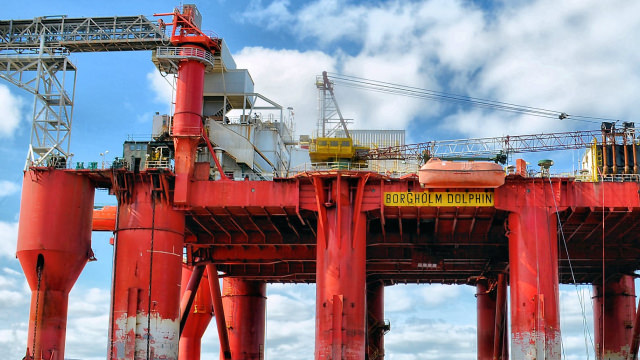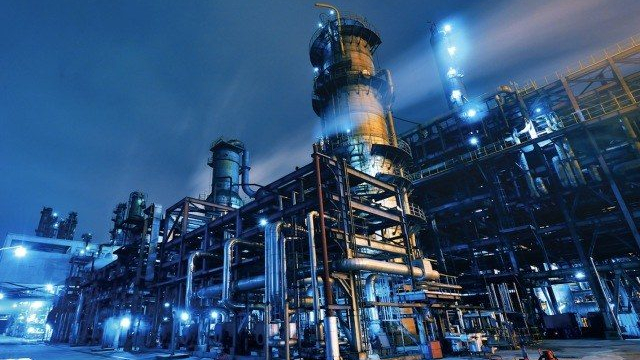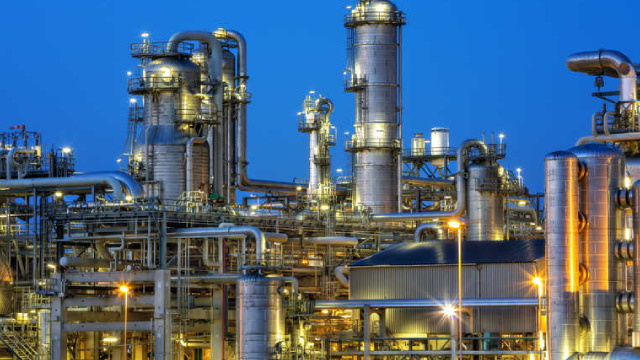EPD Stock Recent News
EPD LATEST HEADLINES
My contrarian yield-based strategy spotlights high-yield 'ReFa/Ro Dogs' with analyst forecasts suggesting 19-33% net gains by June 2026. All top ten ReFa/Ro Dogs offer annual dividends from $1,000 invested that exceed their share prices, meeting my 'ideal' stock criteria. Caution: Fourteen of thirty-eight ReFa/Ro stocks show negative free cash flow margins, so dividend safety varies—focus on the thirteen 'safer' picks.
The recommendations of Wall Street analysts are often relied on by investors when deciding whether to buy, sell, or hold a stock. Media reports about these brokerage-firm-employed (or sell-side) analysts changing their ratings often affect a stock's price.
EPD's strong balance sheet, aligned management, and compelling valuation make it my top conviction big yield investment. There is another big reason to be bullish about the company right now. I discuss a major catalyst coming up for Enterprise Products Partners that the market appears to be sleeping on.
If you have some cash to put to work in July, it is a great time to be looking at dividend stocks. But with the S&P 500 near all-time highs and yielding just 1.3%, you need to be picky.
EPD may gain from lifted ethane export restrictions to China, but U.S.-China tensions still cast a shadow on the outlook.
True or false: The higher the dividend yield, the more worried you should be.
The midstream sector is known for providing investors with robust income streams, thanks to the large yields on offer from industry leaders like Kinder Morgan (KMI 0.58%) and Enterprise Products Partners (EPD 0.80%). But there's an interesting dichotomy between these two bellwether businesses, with Kinder Morgan sporting a 4% yield and Enterprise a much higher 6.9%.
Going long low yielding high-growth stocks does not seem like a smart choice for me given the rich valuations and very uncertain markets. Yet, investing in high-quality value could be an optimal alternative. Luckily, strong fundamentals and attractive yields that are sustainable go nicely together with retirement income focused strategies.
Geopolitics is a risk for the markets that never seems to go away. It is a particularly acute issue for the energy sector, with a lot of oil coming out of the often geopolitically tense Middle East.
Enterprise Products Partners (EPD 0.08%) is a high-yield midstream master limited partnership (MLP). It is one of the largest midstream players in North America and has been a conservatively run and reliable income investment for decades.








